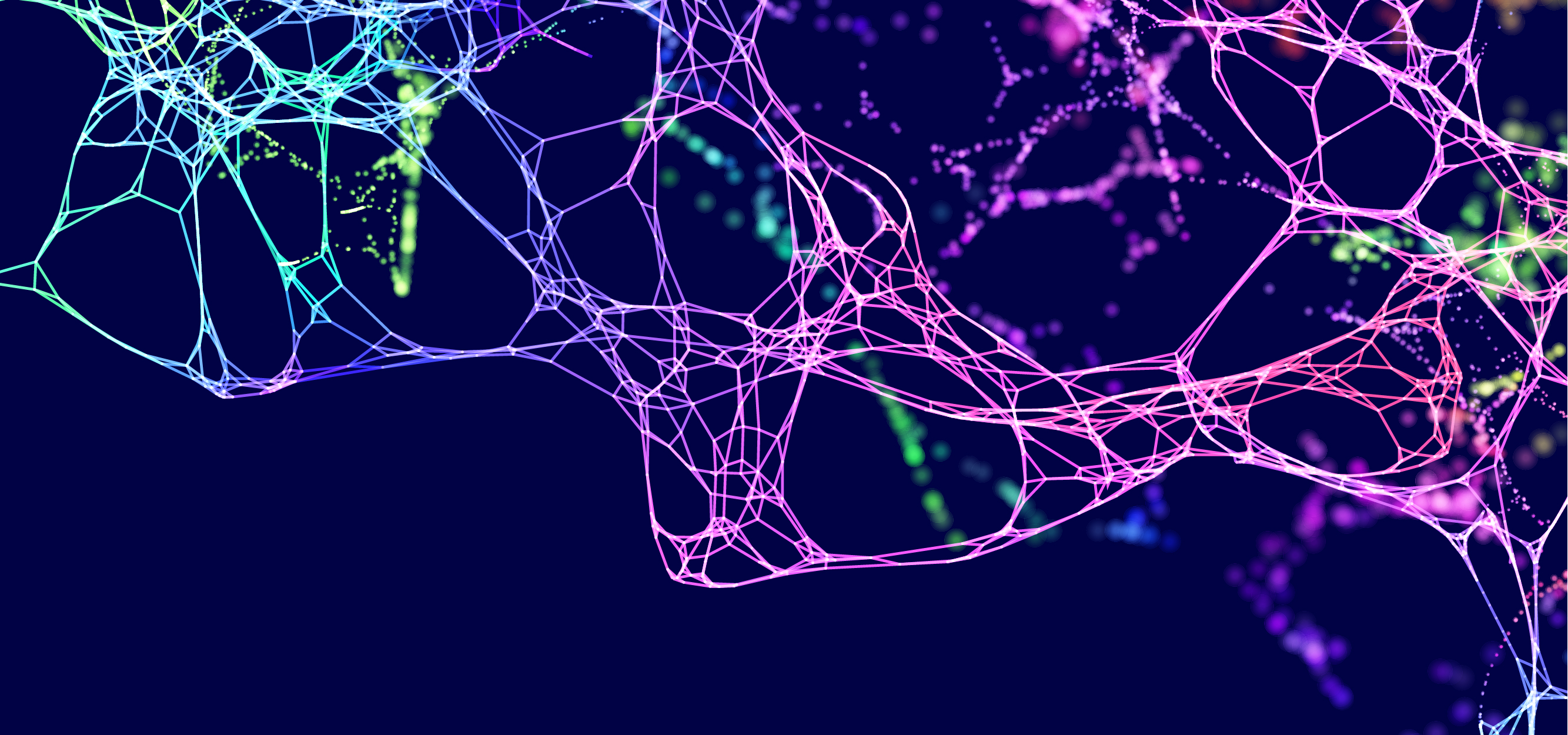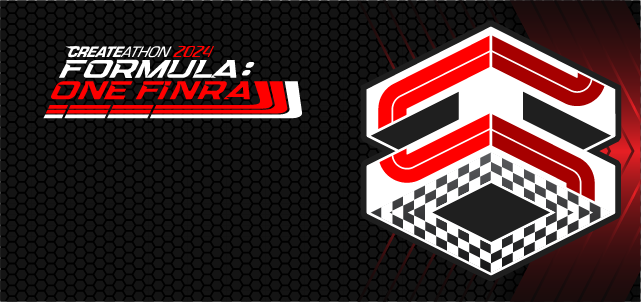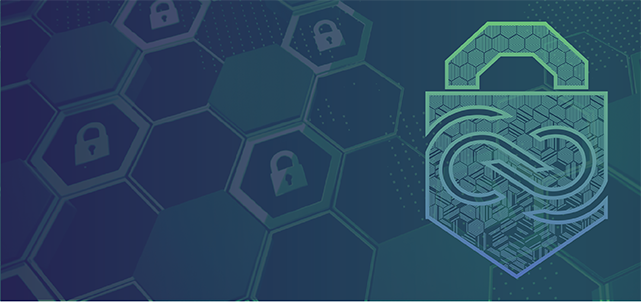FINRA’s R&D Program Explores Emerging and Innovative Technologies


Ivy Ho
FINRA’s Research and Development (R&D) program is an innovation engine for FINRA - a sandbox for staff to take risks, explore new and disruptive technologies, assess potential usefulness to FINRA use cases, as well as investigate and test solutions to known problems.
The program invites interested participants to engage in a framework for collaboration and experimentation, aimed at accelerating emerging technology adoption across the enterprise. This is done through the open submission of ideas, which are then reviewed, prioritized and refined. The ideas with the most innovative and potential significance are then funded as three-to-six-month long R&D projects.
“FINRA’s culture is built on our mission and our values,” says Ivy Ho, Vice President of Enterprise Shared Applications, FINRA Research and Development and Nationwide Mortgage Licensing System technology. “The Research and Development program is deliberate in fostering and promoting an environment for collaboration and innovation, which are two core values at FINRA. Innovation, especially that which can be disruptive in nature, is hard. Disruptive, new ideas go against the grain of how an organization is doing things currently. It might never come naturally. It’s important to create the right environment to experiment.”
Research topics have included broad business and technology use cases for advanced analytics, such as data science, machine learning and artificial intelligence. Outcomes have included enabling data and engineering advancements, and operationalization and governance of advanced analytics.
“We explore more than just new technologies,” says Greg Wolff, Senior Principal Architect in Technology Development and Services. “We also explore new approaches to our business activities. Our objective is to empower our staff to think creatively and innovatively, to provide a sandbox for staff to take risks, explore ideas and to experiment. This is how we disrupt incremental thinking and encourage continuous innovation. We want to stay ahead of the technology and business innovation cycles and leverage leading technology to become an even more effective regulator.”
The R&D program’s first project originated from Createathon, FINRA’s premiere innovation event, where FINRA staff collaborate to solve essential business problems over the course of several days.
“The Three Bounties Project was three Createathon ideas that we combined into one R&D project,” Ivy says. “The project focused on deep learning models for identifying potentially manipulative conduct in the US capital markets. The outcome of the project became the basis for our road map with developing deep learning-based surveillance patterns. FINRA has been granted a US patent for this work and two individuals on the R&D project are named inventors in the patent, it was a proud moment for us.”
That first project was just the beginning.
“The program is in its fifth year and, thus far, we’ve launched over 60 R&D projects which have the potential to affect all aspects of FINRA,” Ivy says. “Through the program, we’re able to evaluate the applicability of latest research breakthroughs and to test technology feasibility before making technology investments. R&D projects are experiments and with any experimentation, the outcome is uncertain. Having said that, the success of the program has far exceeded our expectations.”
Outcomes from the R&D program fall into three categories: proof-of-concept prototypes, recommendations, and best practices and operational guidance and knowledge.
“Proof-of-concept prototypes demonstrate the technology and feasibility of its use within specific business use cases,” Greg explained. “This also provides essential information to launch the implementation of new software products or features within an existing product. The second category of outcomes can result in introducing new tools and platforms as enterprise capabilities and support for an enterprise function. The third category of outcome informs our longer-term technology and business strategy and roadmap.”
These days, the R&D program has been focusing on generative AI (GenAI) and large language models (LLM).
“Recognizing the transformative and disruptive nature of GenAI and LLM technology, the Research & Development program initiated over a dozen projects to gain working knowledge and to determine how best to leverage this technology for FINRA,” Ivy says. “In addition, LLMs present new and unique risks that must be identified, reviewed, and addressed prior to implementation and use at FINRA or other financial firms.”
“The GenAI and LLM R&D project outcomes have enabled FINRA to launch proof-of-concept implementations and prioritized feasibility assessments as progress on the path to enhancing our technology capabilities with this new disruptive technology,” Greg added. “The pace of LLM innovation has been amazing. We’re excited about the possibilities on how best to leverage this technology to be more effective in what we do.”



